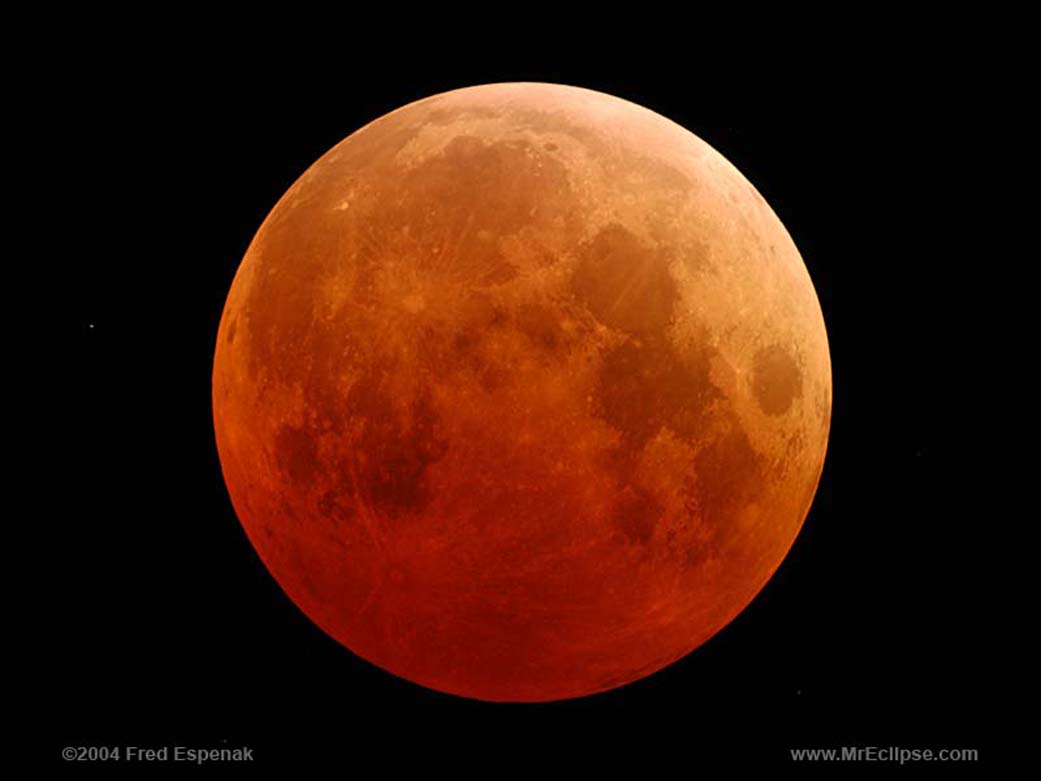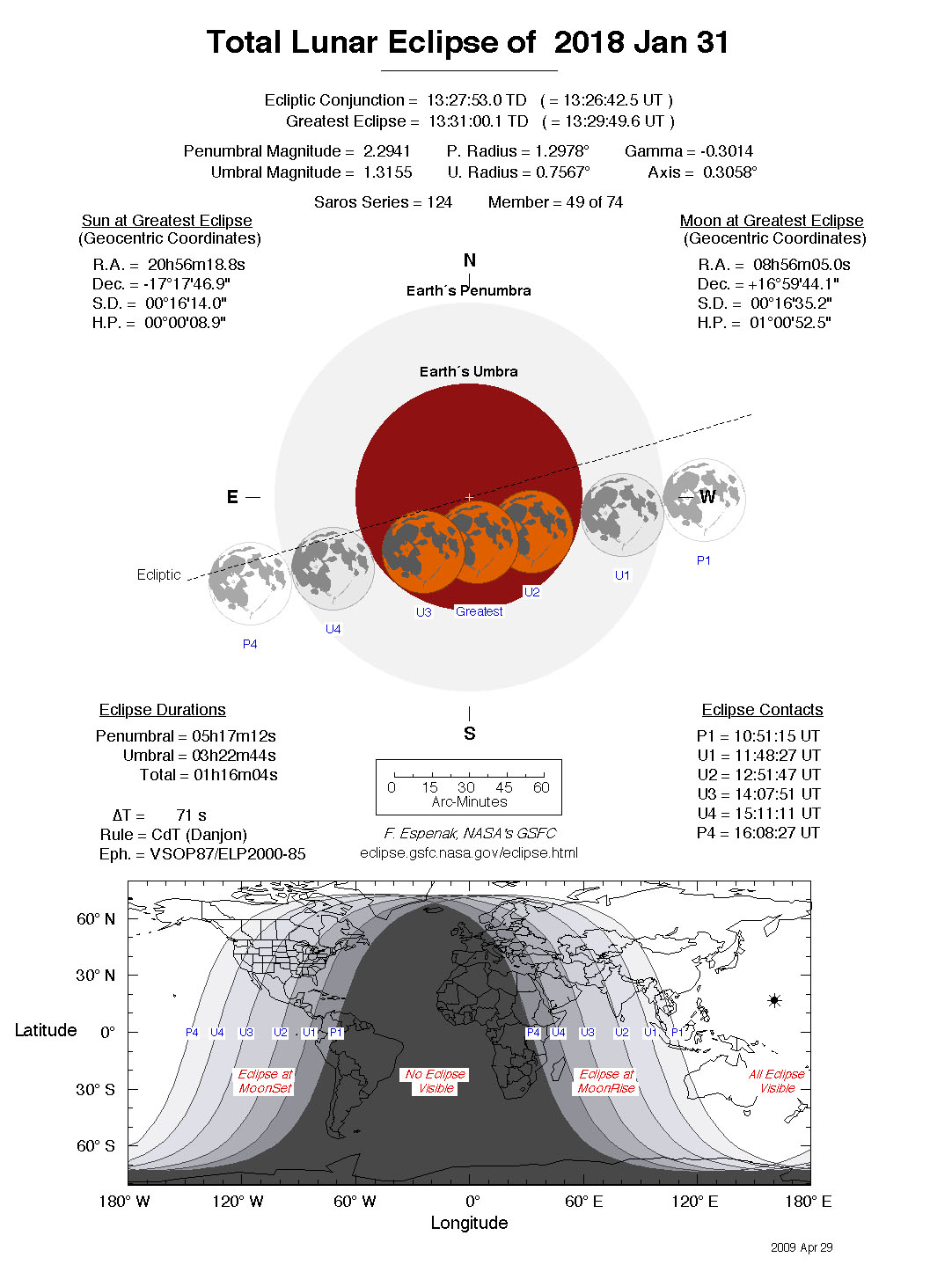First Blue Moon Total Lunar Eclipse in 150 Years Coming This Month

The first eclipse of 2018 will be a lunar one that comes at the very end of the month, on Jan. 31.
It will be a total eclipse that involves the second full moon of the month, popularly referred to as a Blue Moon. Such a skywatching event hasn't happened for more than 150 years.
The eclipse will take place during the middle of the night, and the Pacific Ocean will be turned toward the moon at the time. Central and eastern Asia, Indonesia, New Zealand and most of Australia will get a fine view of this moon show in the evening sky. Heading farther west into western Asia, the Indian subcontinent, the Middle East and Eastern Europe, the eclipse will already be underway as the moon rises. [Super Blue Blood-Moon 2018: When, Where and How to See It]
To the east, Alaska, Hawaii and northwestern Canada will see the eclipse from start to finish. Moonset will intervene for the rest of North and Central America, however.
Below, we provide a timetable for the main stages of the moon's passage through the Earth's shadow for six time zones — one for Hawaii (HST), one for Alaska (AKST) and four across the U.S and Canada: Pacific (PST), Mountain (MST), Central (CST) and Eastern (EST). All times are a.m.

Along the U.S. West Coast, the total phase begins at 4:51 a.m. PST. The farther east you go, the closer the start of the partial phases will coincide with moonrise. Along the U.S. Atlantic Seaboard, for instance, the moon will have only just begun to enter the darkest part of Earth's shadow, the umbra, at 6:48 a.m. EST when it will disappear from view below the west-northwest horizon. The duration of the total phase is 77 minutes, with the moon tracking through the southern part of the Earth's shadow. So, during totality, the moon's lower limb will appear much brighter than the dark upper limb. [In Photos: The Snow Moon Lunar Eclipse & Comet 45P Encounter]
How unusual are Blue Moon eclipses? To answer that question, we consulted the reference book Canon of Lunar Eclipses, 1500 B.C. - A.D. 3000, by Bao-Lin Liu and Alan D. Fiala (Willmann-Bell Inc., 1992).
Sign up for the Live Science daily newsletter now
Get the world’s most fascinating discoveries delivered straight to your inbox.

After this year, the next time that a Blue Moon passes through Earth's umbra will be on Dec. 31, 2028, and, after that, on Jan. 31, 2037. Both of these eclipses will be total. Before 2017, there was an 8 percent partial eclipse on Dec. 31, 2009, but, for a total eclipse of a Blue Moon, we have to go all the way back to March 31, 1866.
So, the upcoming eclipse on Jan. 31 will be the first total eclipse of a Blue Moon in nearly 152 years!
We will have more to say about January's eclipse here at Space.com in the coming weeks.
Editor's note: If you capture an amazing photo of the Jan. 31 total lunar eclipse and would like to share it with Space.com for a story or gallery, send images and comments to: spacephotos@space.com.
Joe Rao serves as an instructor and guest lecturer at New York's Hayden Planetarium. He writes about astronomy for Natural History magazine, the Farmer's Almanac and other publications, and he is also an on-camera meteorologist for Verizon Fios1 News, based in Rye Brook, NY. Follow us @Spacedotcom, Facebook or Google+. Originally published on Space.com.











